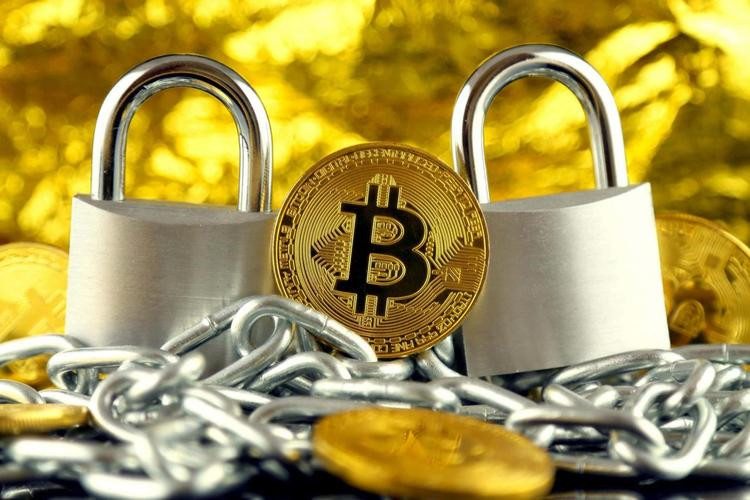Why Trading Chemistry
Intro: Imagine walking into a room where currencies, stocks, crypto, and oil barrels hum together like a well-tuned orchestra. The magic isn’t luck—it’s chemistry. Traders blend macro signals, price action, liquidity, and tech so that one good setup becomes a reliable reaction, not a lottery. That’s the thinking behind “why trading chemistry”: pattern, proportion, and precision.
What is Trading Chemistry? Trading chemistry is the art of mixing multiple market ingredients to produce a durable edge. It’s not chasing hype; it’s testing correlations, calibrating risk, and letting data meet judgment. You watch forex pairs dance with commodities, stock indices with options, crypto with volatility, and you let the right mix spark a move. It starts with a plan, a clear risk budget, and a toolkit that lets you see how different markets reinforce or cancel each other.
The Toolkit: assets, tools, and tempo A solid chemistry lab for traders runs across manyAsset Classes and tech: forex liquidity, stock and index exposure, crypto volatility, commodities like gold or oil, and options for defined risk. Charting and indicators, real-time feeds, and automation help you quantify signals. In practice, you pair a trend tilt on indices with a mean-reversion cue on currencies, while outlining a hedged stance with options. The result is a portfolio that responds to context, not a single bet on one market.
Leverage with care: risk, reliability, and tactics Leverage can amplify both ideas and risk. A balanced approach slices risk per trade (think 0.5–2% of capital per idea), uses stop losses, and favors scalable positions rather than heavy bets. Diversification across asset classes provides a stabilizing counterweight; hedges with options or futures lock in favorable R-ratios. In live trading, a simple rule—confirm a signal with two independent checks, then size modestly—keeps chemistry stable even when a catalyst hits.
DeFi today: decentralization comes with friction Decentralized finance promises faster settlement and programmable money, but not without friction. Liquidity fragmentation, smart contract risk, and cross-chain gaps demand caution: audit trails, cold/hot wallet discipline, and multi-signature custody. The upside is clear—transparent fees, programmable strategies, and open access—yet the real chemistry emerges when you blend on-chain signals with off-chain risk controls.
Smart contracts, AI, and the next wave Smart contracts turn trading ideas into on-chain executions, reducing manual delays. AI-driven signals help sort noise from signal, accelerate backtesting, and tune risk parameters in real time. The future looks like adaptive strategies that learn from evolving market regimes while staying within safety rails—think automated rebalancing, delta-hedging, and continuous risk checks embedded in the code.
Why this approach sells: slogans that stick Why Trading Chemistry? Because it’s where data meets judgment. It’s about building a resilient, multi-asset mindset that adapts to volatility, headlines, and tech shifts. It’s “Where signals fuse into action.” It’s “the art of mixing risk with rigor.” And it’s the mindset you need when DeFi, smart contracts, and AI begin rewriting the rulebook.
cautions and look-ahead The current path is exciting but not flawless. DeFi requires vigilance against exploits and governance risk. AI helps, but it won’t replace discipline. As the market evolves, expect smarter automation, richer analytics, and tighter risk controls—all anchored by a chemistry mindset that values validation, transparency, and steady execution.




